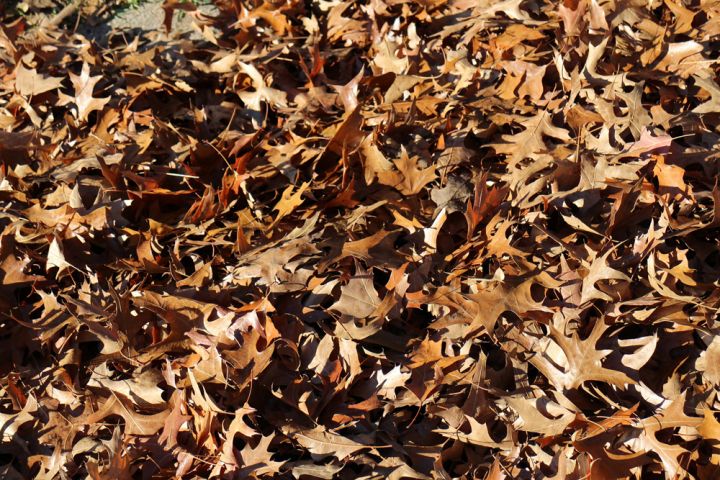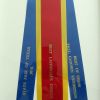How to Use Fallen Leaves for Mulch and Compost
January 3, 2018 | By webadmin
It’s tempting to bag up and haul off those pretty leaves after they fall from your trees. But stop! Leaves are a nutrient-rich gift from our trees that can stay in your garden. According to Texas A&M, at least 20% of solid waste generated in Texas comes from grass clippings, tree leaves, and other landscape wastes. That is a lot of waste, and missed opportunities to naturally improve your soil and landscape.

How to use leaves in compost:
- If you currently have a compost pile, fallen leaves are the perfect carbon source ingredient. Mix them in with a nitrogen source, such as your fresh grass clippings, vegetable garden remnants, or kitchen veggie scraps and coffee grounds, to get the microbes & composting process working quicker. If you do not add a nitrogen source, dry tree leaves can sit for years without breaking down fully.
- Use leaves as a natural “mulch”. Leaves can be a great additive in vegetable and flower gardens as well as around shrubs and trees. First, you will want to run them through a mover with a bagger to reduce the leaf size and cause the leaves to break down quicker. Not only do the leaves add nutrients while building soil fertility, they also create a barrier that inhibits weed seeds from germinating, and increase moisture retention. You can also use whole fallen leaves around garden perennials to help provide a bit of cold protection.
- Mow over fallen leaves and keep on your lawn to easily add nutrients to your grass. A mulching mower comes in handy here. This practice works best during light leaf drop times and may not be appropriate during heavy leaf drop, depending on the makeup of your landscape and how many trees you have.
- Rake fallen leaves into a pile, spray with water, cover and start the process of turning them into a highly water retentive leaf mold--like compost without all the other extras. Since there isn’t a nitrogen source in making leaf mold, this process takes much longer (1-3 years), but shredding the leaves will speed things up. Once the leaves break down thoroughly, you will have a lush, crumbly, wonderful amendment to work back into your landscape beds.
- Too impatient to wait for composting in a bin? An easy way to add leaves back into your beds is to till or hand cultivate them them directly back in the top 6 inches of the soil. This practice is especially helpful in Texas’ heavy clay soil to increase aeration and drainage.
If this all sounds like too much work--we understand, and we have you covered. Call us this winter for a leaf clean up and refresher of mulch. We can get your home and landscape in perfect shape for the New Year!
